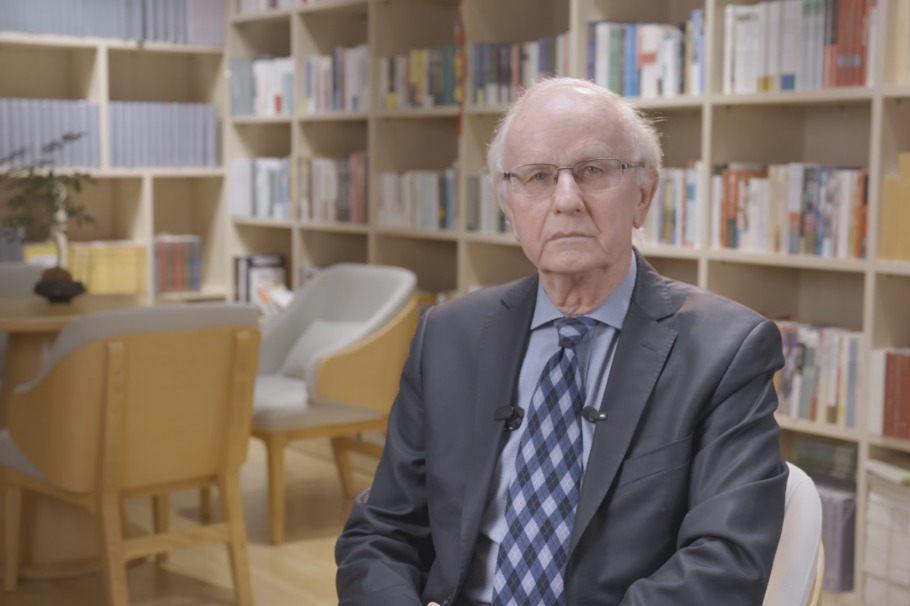Tech helps keep original looks of century-old villas

Key challenges
But the relatively low rate of using these smart tools in the industry nevertheless points to some key challenges. Shen said a major one is the high cost.
"The construction industry is already highly integrated and standardized, meaning that material suppliers, for instance, provide standardized components and materials. Each item of architectural heritage, in contrast, has distinct features," Shen said.
"Once the most accurate preservation models are generated by the BIM system, the burden on construction teams will surge in order to manufacture exactly the same components, which involves more investment, more time and higher labor costs.
"However, the resources for a project are normally limited. Architectural heritage preservation requires more extensive support and attention from society."
Wang Xiaobing, manager of Shanghai-based Jiangfan Technology, said the city is exploring the application of the internet of things in the preservation of architectural heritage, connecting data acquired from sensors and other devices to the internet to enable the exchange of information.
The company, in cooperation with the local government, is in charge of preservation work in Songjiang district on architectural heritage such as the Square Tower-a pagoda built during the Song Dynasty (960-1279).
"Standards for utilizing technology in protection in different regions should be set up based on factors such the location and climate," he said.
- Hong Kong mourns those killed in fire tragedy
- New high-speed rail line connects every city-level region in Guizhou to national network
- New freight train service launched from Handan international land port
- Jiangsu's hearing-impaired baristas brew a new future
- School in Henan forced to refund nap fees
- 8 arrested by Hong Kong's anti-graft body in corruption probe into major renovation project




































